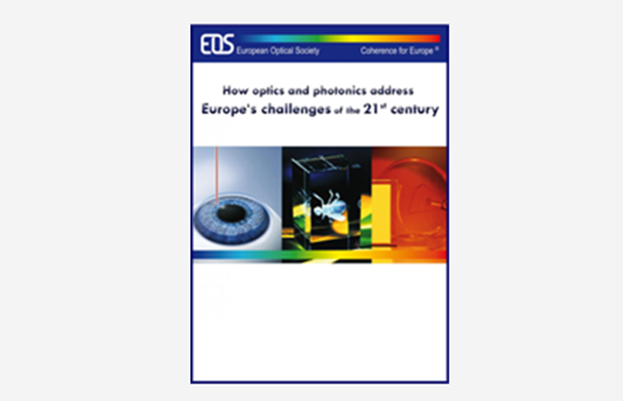Doppler Global Velocimetry with high temporal resolution for turbulent flow analysis - Fast, faster, DGV
Abstract:
Velocity field measurements with high temporal resolution are necessary for investigating complex turbulent flows e.g. occurring in turbomachines. In order to increase the machine power and reduce the fuel consumption, flow analysis is essential to develop new machine designs. Doppler global velocimetry (DGV) is an optical measurement technique, which can be applied to turbomachines and allows to achieve a high temporal resolution. Thereby, a flow seeded with particles is illuminated by a laser light sheet and imaged through a molecular absorption cell onto a camera. Since the light transmission through the absorption cell depends on the light frequency, the frequency shifts due to the Doppler effect can be measured in a plane as intensity changes. A novel DGV technique using sinusoidal laser frequency modulation (FM) is applied, which requires only one single camera instead of two. Currently, a fiber-coupled avalanche photodiode array with 25 elements is implemented, which allows to achieve high sensitivity and in comparison with usually applied CCD cameras a much wider bandwidth. As a result, a maximum measurement rate of 100 kHz was achieved and already successfully applied for the acquisition of turbulence spectra in the wake flow of a cylinder. The application of the FM-DGV measurement system for investigating fast, turbulent, non-steady flows in turbomachines such as in axial and radial compressors is the main part of this research project.





